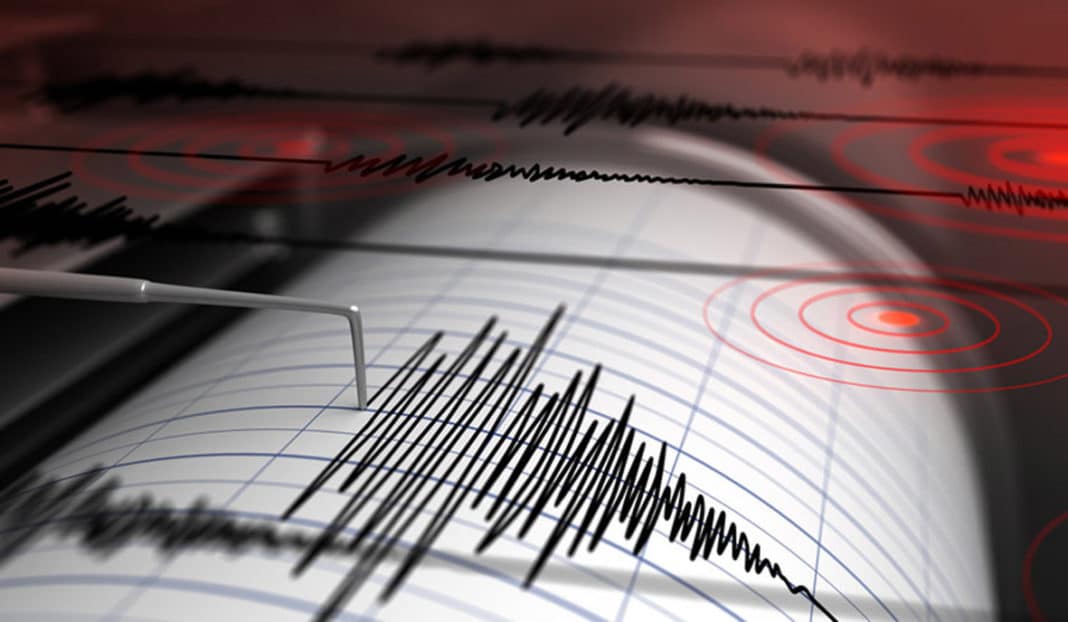Figures released on Thursday come as no surprise as the National Geographic Institute reports a record number of tremors in the province of Alicante during the last year, a total of 91 seismic movements ranging between 1.5 and 3.8 degrees of magnitude on the Richter scale. This figure represents an increase of 70.3% in the province during 2023 compared to 2022 in which 64 earthquakes occurred.
By region, l’Alcoià is the one that has recorded the most earthquakes with 29 in total; It is followed, although some way behind, by the Vega Baja, which in recent months registered 11 earthquakes ; the Middle and Lower Vinalopó have each suffered 8 earthquakes recorded while, among those that have suffered the least movements, are the regions of El Comtat, Alto Vinalopó and l’Alacantí, which have had only two earthquakes each in 2023.
Other local municipalities with more than one recorded seismic movement are Crevillent with 6; Guardamar del Segura and Los Montesinos with 3; with 2 in the municipalities of Hondón de los Frailes, Hondón de las Nieves, Algueña, Santa Pola, and Alcoy.
This phenomenon has not gone unnoticed by experts, although they do point out that the increase in the number of earthquakes may be due to different variables. Sergio Molina, a professor at the University of Alicante and member of the Seismic Engineering and Risk Group (GIRS) of the UA, says that the increase “is influenced by different factors. As the years go by, we have put out new stations and improved instruments, making the level of detection much more precise. As such it can simply mean that our detection is better, it does not have to be related to anything else.”
Of the magnitudes recorded, the largest was 3.8 degrees on the Richter scale, on July 30 in Banyeres de Mariola. The other important seismic movements in 2023, by magnitude, were recorded in Torrevieja at 3.1 degrees (March 23); the Santa Pola coastline at 2.9 degrees (January 19); and La Mata coast which was 2.8 degrees (May 28).





